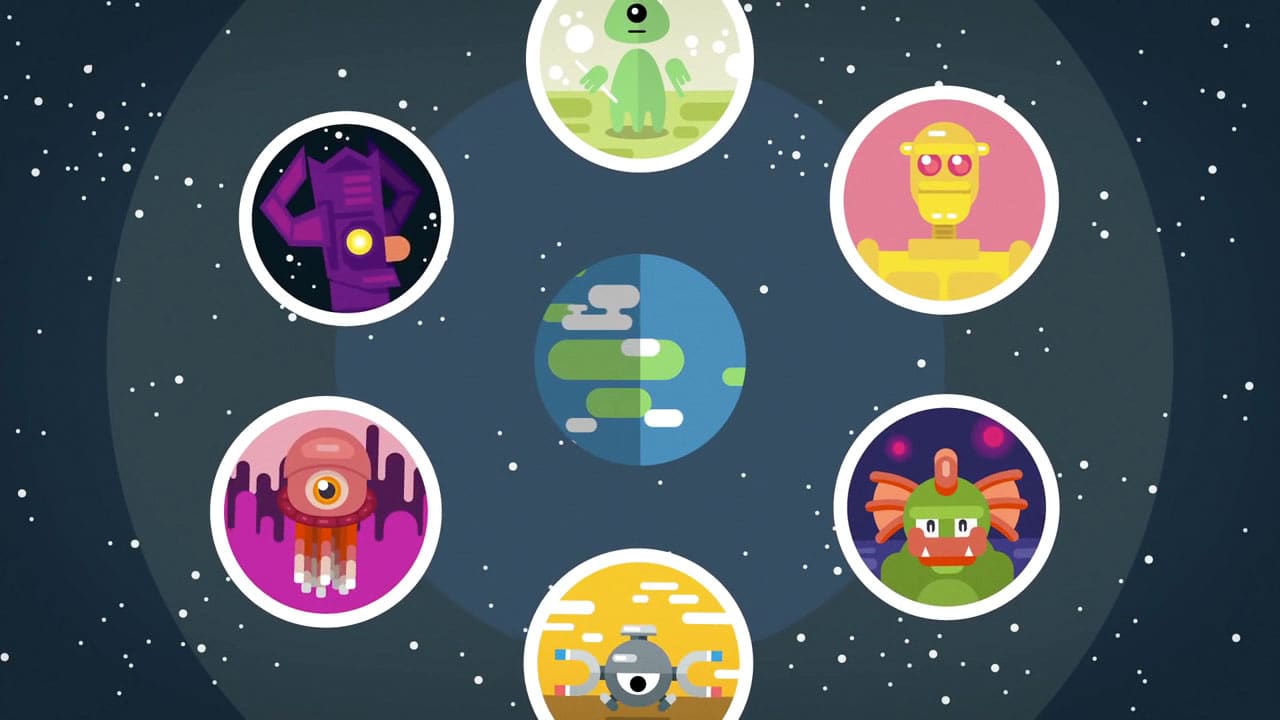When you first studied biology, you likely saw a picture like this:
Though discussing evolution seems commonplace today, it wasn’t always accepted. Notably, the debate over teaching it in schools bubbled up in our backyard just under one hundred years ago: the 1925 Dayton, Tennessee, Scopes Trial. In this post, I’ll tell you about the background of the trial and the trial itself.
THE BUTLER ACT
Though Darwinism is now widely accepted, even into the twentieth century, many people didn’t believe it (source). One such person was John W. Butler, the representative of “Macon, Trousdale, and Sumner Counties in the Tennessee House and Senate” who opposed teaching Darwinism in public schools (source). In March 1925, the Tennessee legislature passed the Butler Act – named after John Butler – “which declared unlawful the teaching of any doctrine denying the divine creation of man as taught by the Bible” (source). Teaching Darwinism had been deemed illegal.
ENTER JOHN SCOPES
On May 4, 1925, “[a] Chattanooga newspaper [ran] an item noting that the American Civil Liberties Union [was] seeking teachers willing to challenge the Butler law. The item [said] that the ACLU [was] ‘looking for a Tennessee teacher who is willing to accept our services in testing this law in the courts. Our lawyers think a friendly test case can be arranged without costing a teacher his or her job… All we need now is a willing client,’” and on May 5, “[a] group of town leaders in Dayton, Tenn., read the news item about the ACLU’s search. They quickly hatch[ed] a plan to bring the case to Dayton, a scheme that they hope [would] generate publicity and jump-start the town’s economy. They ask[ed] 24-year-old science teacher and football coach John Thomas Scopes if he’d be willing to be indicted to bring the case to trial. Scopes agree[d], even though he ha[d] only taught biology as a substitute teacher and later [said] he [wasn’t] sure he covered evolution in his classes,” (source).
RECAP
So, evolution was barred from being taught in schools… and Scopes had agreed to be charged for teaching it.
THE LAWYERS
Now that Scopes was being taken to court, it was time to call in the lawyers. Scopes’ “lawyer was the legendary Clarence Darrow, who, besides being a renowned defense attorney for labor and radical figures, was an avowed agnostic in religious matters. The state’s attorney was William Jennings Bryan, a Christian, pacifist, and former candidate for the U.S. presidency. He agreed to take the case because he believed that evolution theory led to dangerous social movements. And he believed the Bible should be interpreted literally,” (source).
THE TRIAL
“‘Millions of guesses strung together,’ is how Bryan characterized evolutionary theory, adding that the theory made man ‘indistinguishable among the mammals.’ Darrow, in his attacks, tried to poke holes in the Genesis story according to modern thinking, calling them ‘fool ideas that no intelligent Christian on earth believes,’” (source). To keep the trial focused, Judge John Raulston limited proceedings to investigate the sole question of whether Scopes had taught evolution – not whether evolution was scientifically accurate – so because Scopes had, in fact, taught Darwinism, he was fined one hundred dollars, and the trial ended (source). Later, “[o]n appeal, the state Supreme Court upheld the constitutionality of the 1925 law but acquitted Scopes on the technicality that he had been fined excessively.”
THE OUTCOME
Ultimately, “Bryan and the anti-evolutionists claimed victory … [b]ut Clarence Darrow and the ACLU had succeeded in publicizing scientific evidence for evolution,” (source). In 1967, the Butler Act was repealed. Evolution was finally welcome in the classroom.
LINGERING QUESTION: SOMETHING FOR US TO PONDER
The Scopes Trial poses an important question: to what extent should we allow religion to bleed into other spheres of life? Should we allow religion to provide significant pushback on science, as it did when evolution was banned from the classroom? Should we allow religion to guide our school curricula? What about our laws? Let me know in the comments below!








